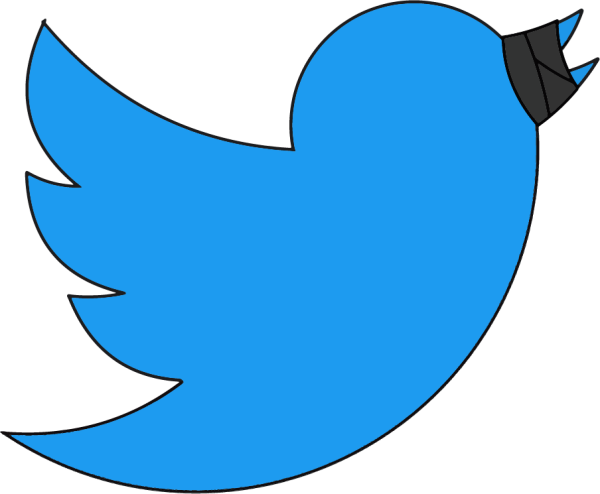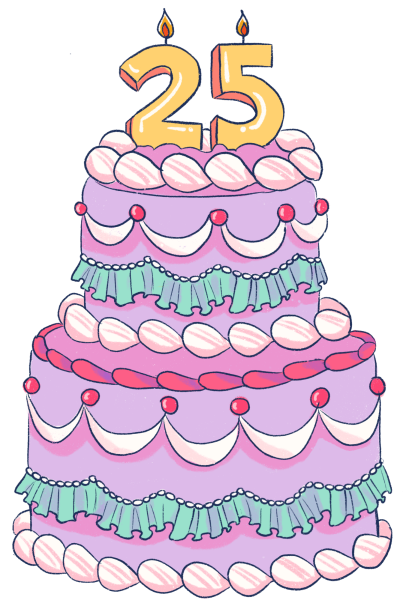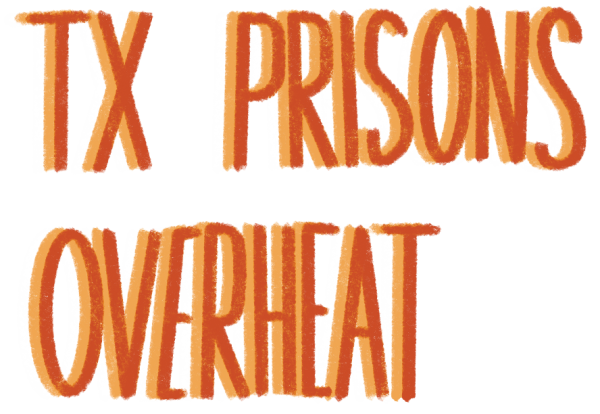Drawing the Line: Art vs the Artist: The Ethics of Consuming Art by Corrupt Creators
October 15, 2021
On June 6, 2020, Harry Potter’s once beloved author, J.K Rowling, made a comment on gender identity that caused her audience and the media to question her character. Fans of her work wondered if they could read and love Rowling’s work without supporting her transphobic views.
The debate regarding separating the artist from their art has become increasingly prevalent as our society is becoming more invested in cancel culture and the morality of holding public figures, such as artists, accountable for their behavior. This has raised the question of if one should, or even can, appreciate works of art without supporting an artist’s potentially iniquitous behavior.
J.K. Rowling is a relevant example of this dilemma, having made transphobic comments on gender identity in 2020. In response to a Devex article with the words “people who menstruate” in the title, Rowling tweeted, “‘People who menstruate.’ I’m sure there used to be a word for those people. Someone help me out. Wumben? Wimpund? Woomud?” Rowling received harsh backlash and criticism in response.
There is a difference between making a mistake with the right intentions and making an offensive statement with serious consequences. Cancel culture is different from accountability culture. Cancel culture implies mistakes that destroy careers and can come with a mob mentality, whereas accountability culture holds public figures accountable for their actions in an appropriate way, as in the case of J.K. Rowling. While there are times to separate the work itself from its creator, there still needs to be an extent to which accountability culture is applied to artists. We have to consider if J.K. Rowling, as an example of a dishonorable artist, can be considered separate from her writing, and while J.K. Rowling might be unethical, whether or not we should completely avoid and discredit the “Harry Potter” series, as her work is a staple in children’s literature.
On the other hand, the influence of the artist’s beliefs on their own work is also important to consider. Consumers of art can’t look at a work without seeing, to an extent, the artist’s experiences and ideas reflected in their art. So by the logic that the art is connected to the artist, supporting the artist can also be considered wrong. Everytime someone purchases a book to read, buys a ticket to watch a movie, or attends a concert, they’re supporting the artist whether they’re making the conscious decision or not. Therefore, in cases where the artist has been bigot, consumers shouldn’t give them the power of monetary wealth that feeds back into the cycle of corruption.
A different approach for how one can separate the art from the artist considers that readers have the ultimate power and responsibility to make the decision of what ideas and meanings they take from the art itself. Art is about the interpretation from the audience; the artist doesn’t control their audience’s thoughts. The issue is that if one truly can separate the art from the artist, they are still saying that they accept their unacceptable morals and it’s okay to consume information without context. Saying that it’s ethical to see past ignorance because consuming art is different from supporting the artist just doesn’t account for the monetary gain that artists have when we consume their work.
Instead of supporting corruption, there are ethical ways of consuming media. Instead of buying a book written by an author who shouldn’t be supported, borrow it from the library. This way, art can be consumed without giving power to an unconscionable artist. Ultimately, we have the opportunity to choose where we place power. We could “cancel” every artist who offends our moral sensibilities, or we could make an effort to consume great art ethically.







